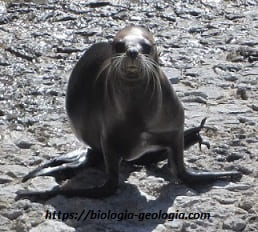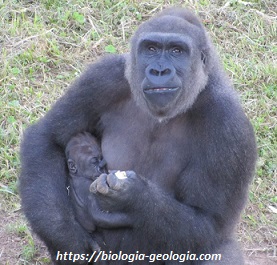Class Mammals
Mammals are a class of homeothermic (warm-blooded) vertebrate animals that are characterized by the presence of mammary glands that produce milk with which they feed their young.
Many mammals are terrestrial, although there are also some aquatic ones. There are even mammals that can fly.
Almost all mammals are viviparous, except for the platypus and the echidna, which are oviparous and do not have breasts. They produce a milk that they secrete through the pores of the skin of the abdomen.
The mammalian body is divided into three parts:
- Head:
- The neck unites the head with the trunk, and facilitates the movement of the head towards the stimuli that occur in the environment.
- In the head is the brain, protected by the skull, and most of the sense organs are located:
- The mammalian mouth has lips and teeth.
- The lips allow the young to suckle from their mother without causing injury.
- There are some exceptions: armadillos, sloths , and anteaters do n't have teeth.
- Teeth have different shapes depending on the function they perform:
- The incisors cut.
- The canines tear.
- The premolars tear and grind.
- The molars grind.
- The teeth also vary according to the type of feeding of the mammal:
- Trunk:
- It contains the internal organs of the animal, protected by the skeleton.
- At the end of the trunk, in most mammals, is the tail.
- It contains the internal organs of the animal, protected by the skeleton.

León marino en el Palacio de La Magdalena (Santader)
Flying mammals, such as bats, have webs between the toes on their forelimbs that turn them into wings that allow them to fly.
